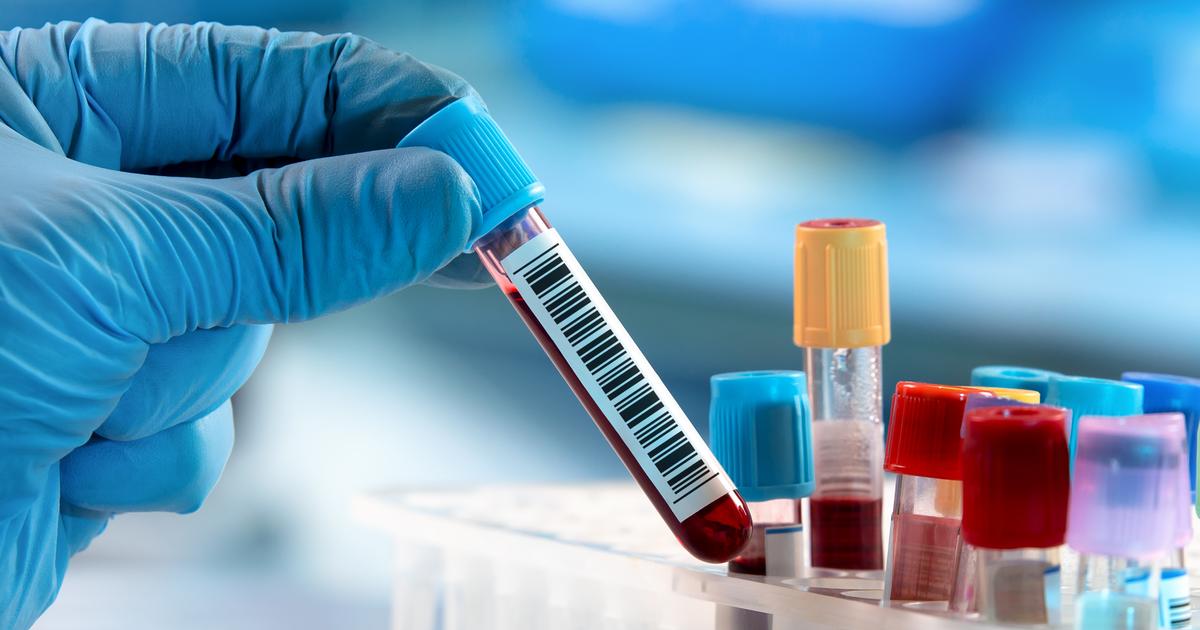Guide To The Types of Hemophilia
Hemophilia C

First identified in 1953, hemophilia C is caused by a defective or missing factor XI protein. This type of hemophilia is estimated to occur in one out of every 100,000 individuals in the general population. In Israel, hemophilia C develops in an estimated eight percent of the Ashkenazi population. Both sexes are equally affected by this type of hemophilia. Patients with hemophilia C may experience severe bleeding after oral surgery or tooth extractions, and nosebleeds and soft tissue bleeds are common, too. Unlike other types of hemophilia, the symptoms associated with hemophilia C are not correlated with levels of factor XI. For instance, individuals with lower levels of factor XI might experience less bleeding than those with higher levels. To diagnose hemophilia C, doctors will perform platelet function tests, activated partial thromboplastin time tests, and prothrombin time tests. In the United States, factor XI concentrates are not yet available, so doctors rely on large amounts of fresh frozen plasma as the primary treatment method. This treatment is often combined with fibrin glue, a substance that helps maintain clots after mouth bleeding.
Learn about more types of hemophilia now.
Parahemophilia

Also known as Owren's disease, parahemophilia was first identified in the 1940s. It is characterized by a deficiency in clotting factor V, a protein that speeds up the initial stage of clot formation. Parahemophilia affects both sexes equally, and the prevalence of the condition is approximately one in one million. So far, fewer than two hundred cases of parahemophilia have been reported around the world. Patients with factor V deficiencies typically experience easy bruising and frequent bleeding from the nose, mouth, and gums. In adults with severe parahemophilia, internal bleeding might develop in the lungs and the gastrointestinal tract, and this may become potentially life-threatening. Infants with parahemophilia have an elevated risk of intracranial hemorrhage (bleeding within the brain). To diagnose parahemophilia, doctors carry out a factor V assay test, and tests to measure thrombin clotting time, prothrombin time, and activated partial thromboplastin time may also be performed. Currently, fresh frozen plasma is the only available treatment for parahemophilia, and doctors typically prefer to use solvent-detergent fresh frozen plasma since it contains the most reliable level of factor V. In severe cases that involve acute bleeding, patients might receive platelet concentrates as well.
Get more details about the different types of hemophilia now.
